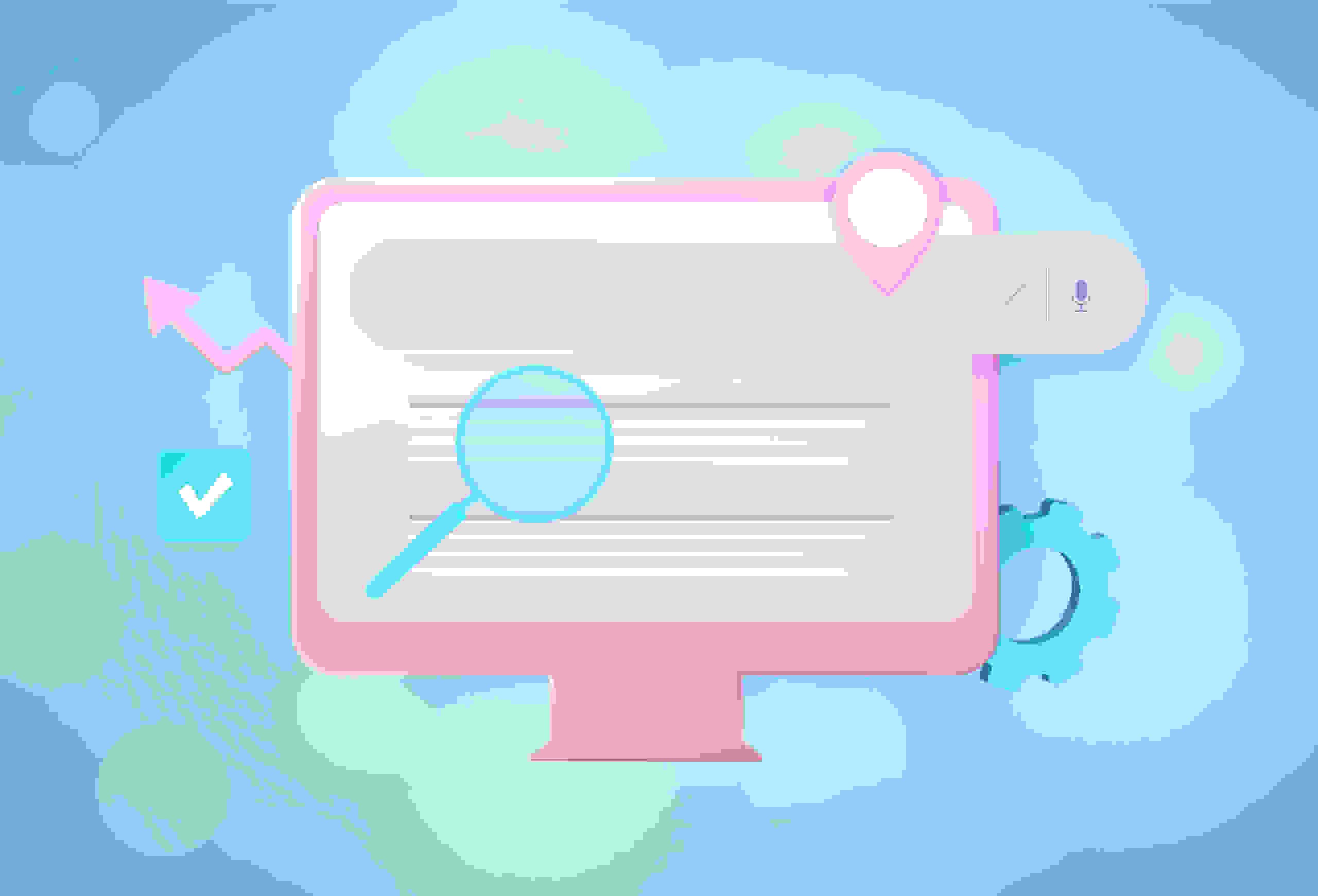
When someone mentions the term SEO, there are several things that come to mind. You may think about keyword research or consider how many backlinks you’re getting. You may also be reminded of meta tags, alt tags, and sitemaps.
Each of these elements can affect your ranking on major search engines such as Google. However, there’s one factor that people rarely address: web design.
The design of your website can have a huge impact on user experience. The better the experience, the longer your audience sticks around. This lets search engines know that your website has exactly what your audience is searching for.
Conversely, if your website offers a bad user experience your audience will spend less time on your site. And when your bounce rate increases it tells Google that your website may not be trustworthy–and down go your rankings. Let’s take a moment to discuss how web design affects your SEO and overall user experience.
-
Page Speed
When it comes to keeping people on your site there’s hardly anything more important than page speed. Why is this? Well, this is one of the key factors by which Google judges your page when determining how well it should rank.
According to research, people’s attention spans are getting shorter with each passing year. Ultimately, this affects the level of patience users have for pages that load slowly. Studies suggest that the optimal loading time is around 2-5 seconds. After this time, users hit the back button.
The design of your page has a lot to do with how quickly it loads. The factors that tend to slow things down are heavy images, flash plugins, and bloated code. So if you want to make sure that your website goes as fast as possible, you need to eliminate these elements.
Optimize and resize your images so that they aren’t so heavy. Get rid of the flash plugins and keep things minimalistic and clean. Read through your code and delete anything that doesn’t belong or is taking up space needlessly.
-
Responsiveness
Another major factor in Google’s ranking criteria is responsiveness–specifically mobile responsiveness. When a website is responsive, it means that no matter what screen the user is viewing it on it will adapt to their device. Google understands that people aren’t tied to their desktops anymore. We can take the internet with us wherever we go. No matter where we are we always have access to our phones. In fact, by 2016 mobile and tablet usage had surpassed desktop.
There are countless website themes to choose from. This is especially the case if you own a WordPress website. From minimalist and clean to artistic and creative, there’s something for every business type. While these themes may look great, it doesn’t automatically guarantee that they’re responsive. So it’s important that you choose your themes wisely. If you’re working with a web design company, make sure that they understand that responsiveness is at the top of your priority list.
-
Neglected 404 Pages
404 pages tend to be one of the biggest causes of high bounce rates. It’s not because the person reached an error page. It’s usually because someone forgot to add a link back to the web page.
This may seem insignificant, but if the user isn’t provided with proper navigation they usually won’t feel the need to search any further. So when designing your 404 pages, make sure that they’re inviting and that they reflect the branding of your website. Also, add a link to another page. Even if the link is to a page that’s unrelated to what the user was looking for, it’s better than leading them to a dead end.
-
Distractions
Another factor that users have very little patience for is a distraction. Distractions can come in several different forms. Perhaps there was a pop-up as soon as the person clicked on your page. Maybe your color scheme is too bright. Perhaps the font makes it hard to read your content. Little details like this can make a big difference.
Sure, pop-ups can be great for getting people to sign up for your newsletter. But make sure they are customized to fit your design. They should also only be triggered when certain events take place such as if the user scrolls to the end of your article. This way it’s less intrusive.
Choose website colors that are complementary and consider the psychology behind each color and what they make people feel and think. Also, just to be on the safe side, use standard fonts that people are familiar with.
-
Appearance Over Functionality
Many business owners are constantly on the lookout for ways to stand out from the competition. Some assume that the best route is to create a unique website–one that’s incredibly different from the rest. While a website should be eye-catching, it shouldn’t be so unique that it confuses your visitors.
For example, most people are used to navigation being at the very top of the page. They may become confused if it’s at the bottom. Most people have become accustomed to the contact information being positioned in the footer. They may become frustrated if it’s on your About Us page.
If you want to retain your visitors, then your website should offer them a sense of familiarity. They need to know what to expect. This way, they’ll always know what action they should take next. Make sure that the website design services you choose aren’t too experimental for your audience.
Conclusion
As you can see, the web design company that you hire can be just as significant as the SEO consultant that you work with. They can either help you attract traffic to your website or they can repel visitors altogether. So make sure that you choose your website design services very carefully. Look at their portfolio to ensure that it meets the standards that we’ve just discussed. Your bounce rate depends on it.



